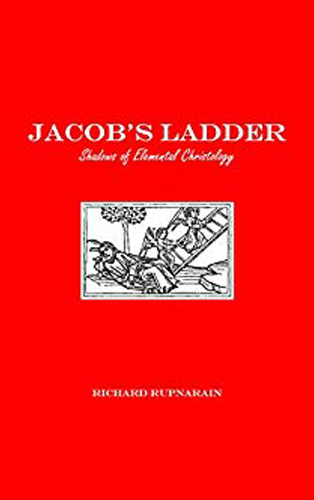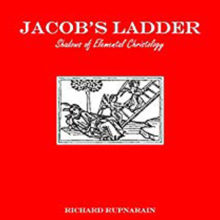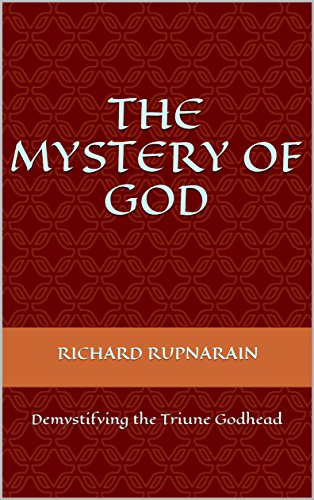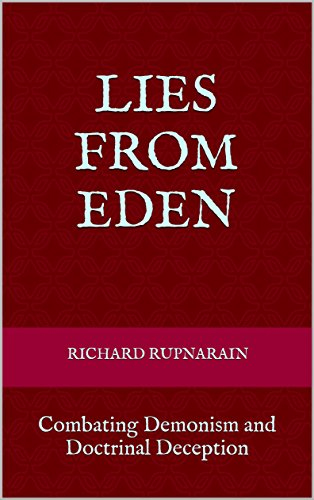Jacob’s Ladder: Shadows of Elemental Christology
In the first book of Moses, known as Genesis, we find the story of a man named Jacob. One night he had a vision of angels ascending and descending a ladder that had its top in the heavens and its base on the earth. From above he heard the voice of God assuring him of protection and the continuation of his dynasty. Jacob knew it was the voice of God.
When Jesus arrived almost two thousand years later he made an astonishing statement in John 1:51 that implied he was the Ladder seen in Jacob’s vision. Jesus would also claim that Moses wrote about him (John 5: 46). In that broad statement Jesus was saying that the types, metaphors, rituals, feasts, ordinances, institutions, and even some individuals in the Old Testament, and particularly in the writings of Moses, spoke in whole or in part to some aspect of his life and ministry. It is through these images that the pre-Christ saints were able to see him afar off and express hope and faith in him for salvation (Heb.11: 13). It is therefore not unreasonable to assume that the Ladder in Jacob’s vision can be an aid in teaching us some fundamental doctrines about Jesus Christ. Is he human? Is he divine? Is he both, simultaneously? Why was the incarnation necessary? How does the ladder in the vision speak to Christ’s role as mediator between God and men?
In Jacob’s Ladder Richard Rupnarain uses Jacob’s vision as a type and explains how it illuminates the doctrines of the deity, humanity, incarnation, mediation, and uniqueness of Christ and shows how these various stages in the life and ministry of Christ are essential to the salvation of all humanity.





